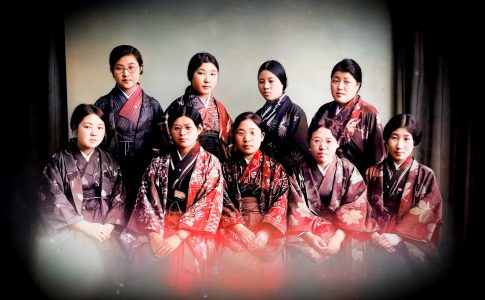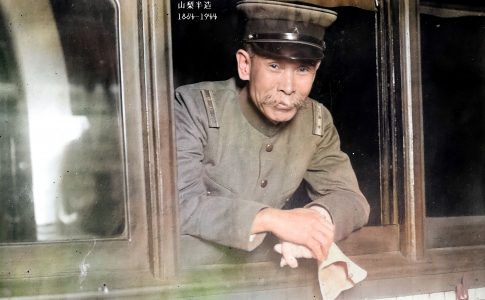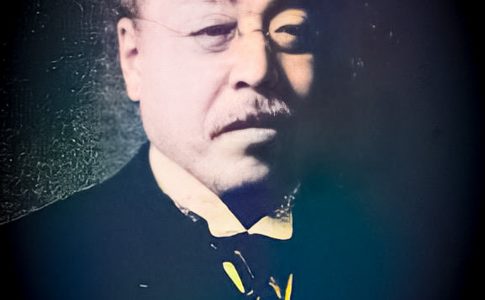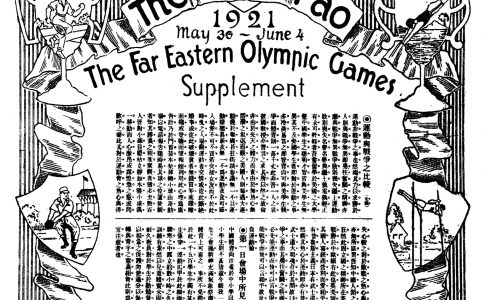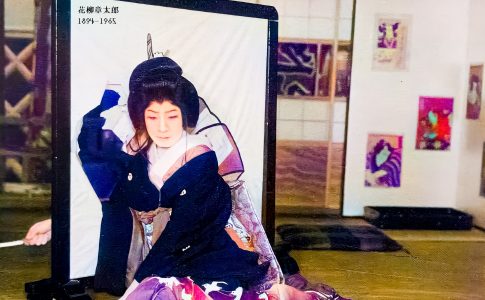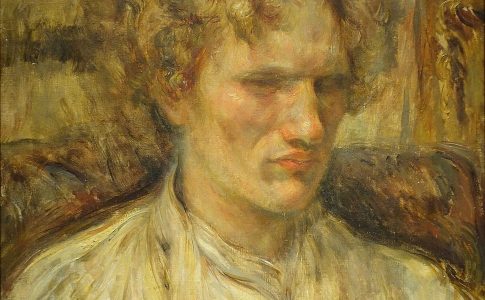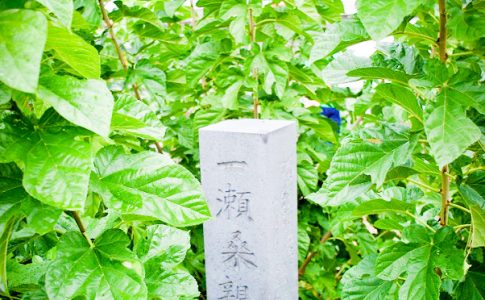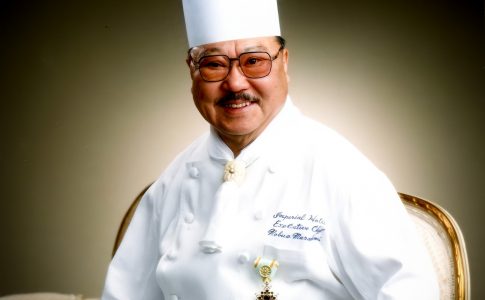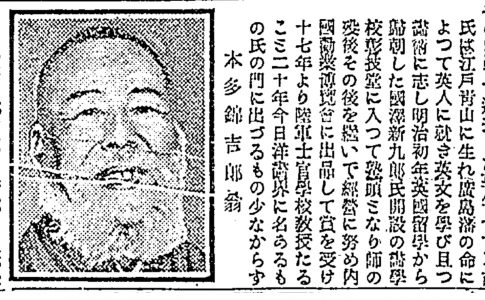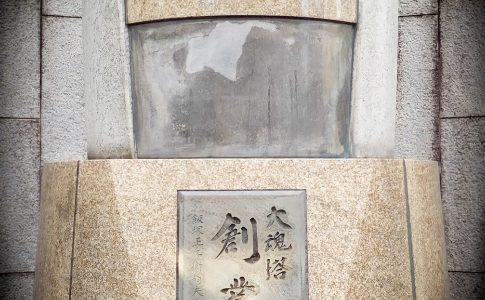Wednesday, June 1 1921: Jikka Girls’ High School in Niigata City opened.
1921 (Taisho 10) Wednesday, June 1 The opening ceremony of Jikka Girls’ High School in Niigata City was held. In the Taisho Era, girls’ education developed in the late Meiji Period, especially after the Russo-Japanese War, has grown further. Not only girls’ high schools but also the number of women’s high schools nationwide including Jikka, which offers practical subjects such as housework and sewing. Niigata Jiska Girls’ High School was newly established in the trend. In 1925 (Taisho 15), 4 years later, Jikka Girls’ School changed its name to Niigata City Girls’ High School in response to requests for higher education in Niigata City, such as English and mathematics as...

